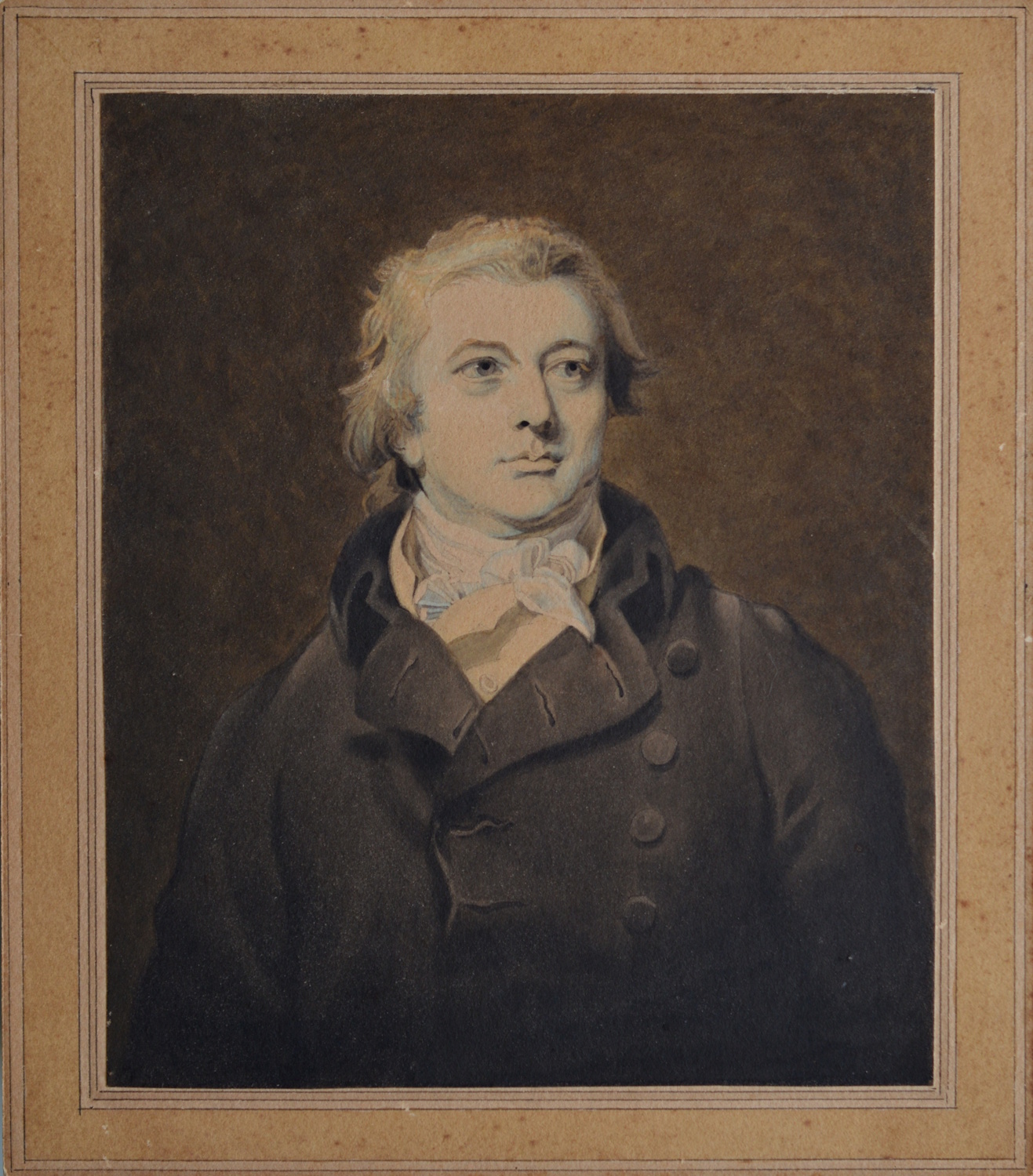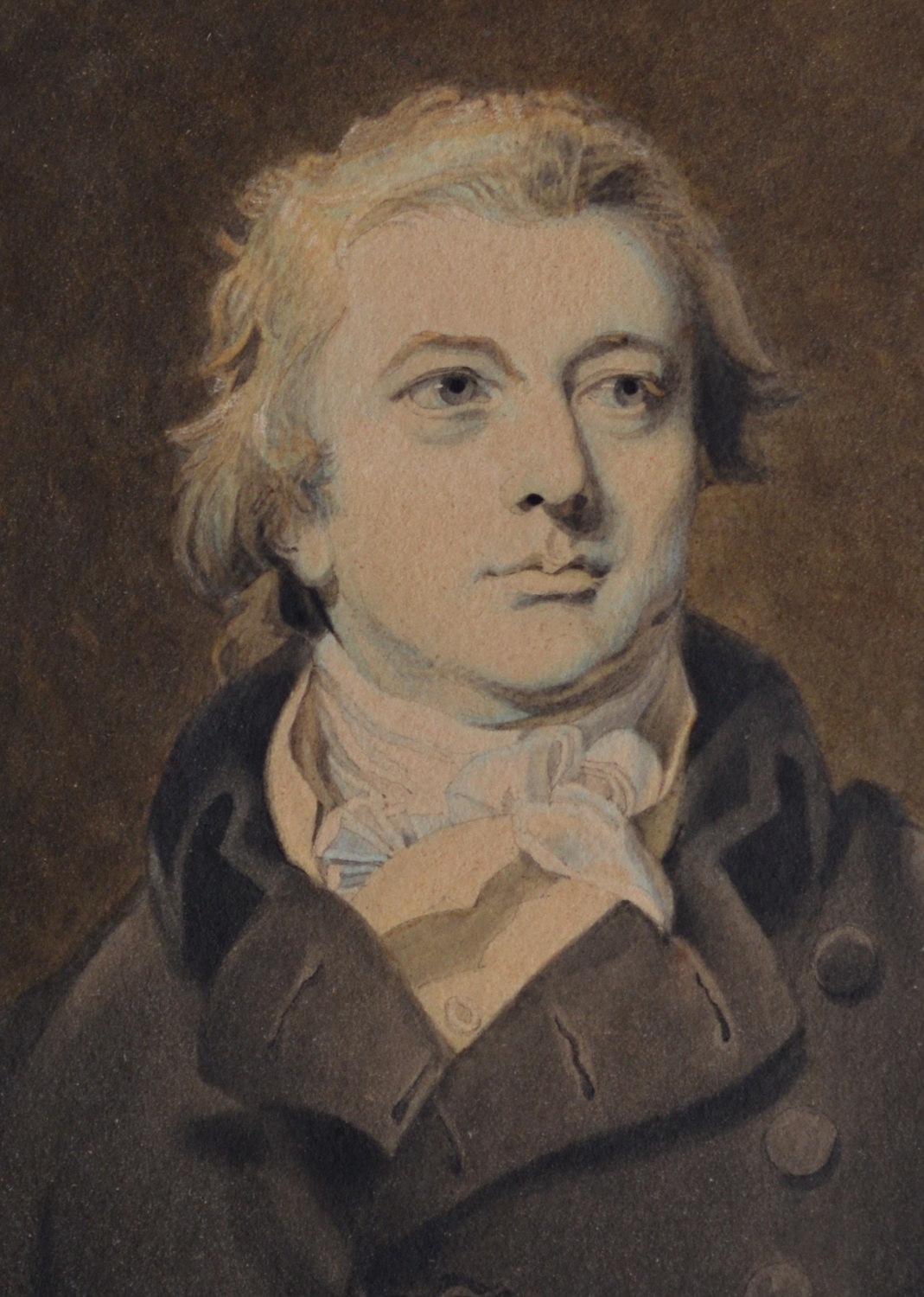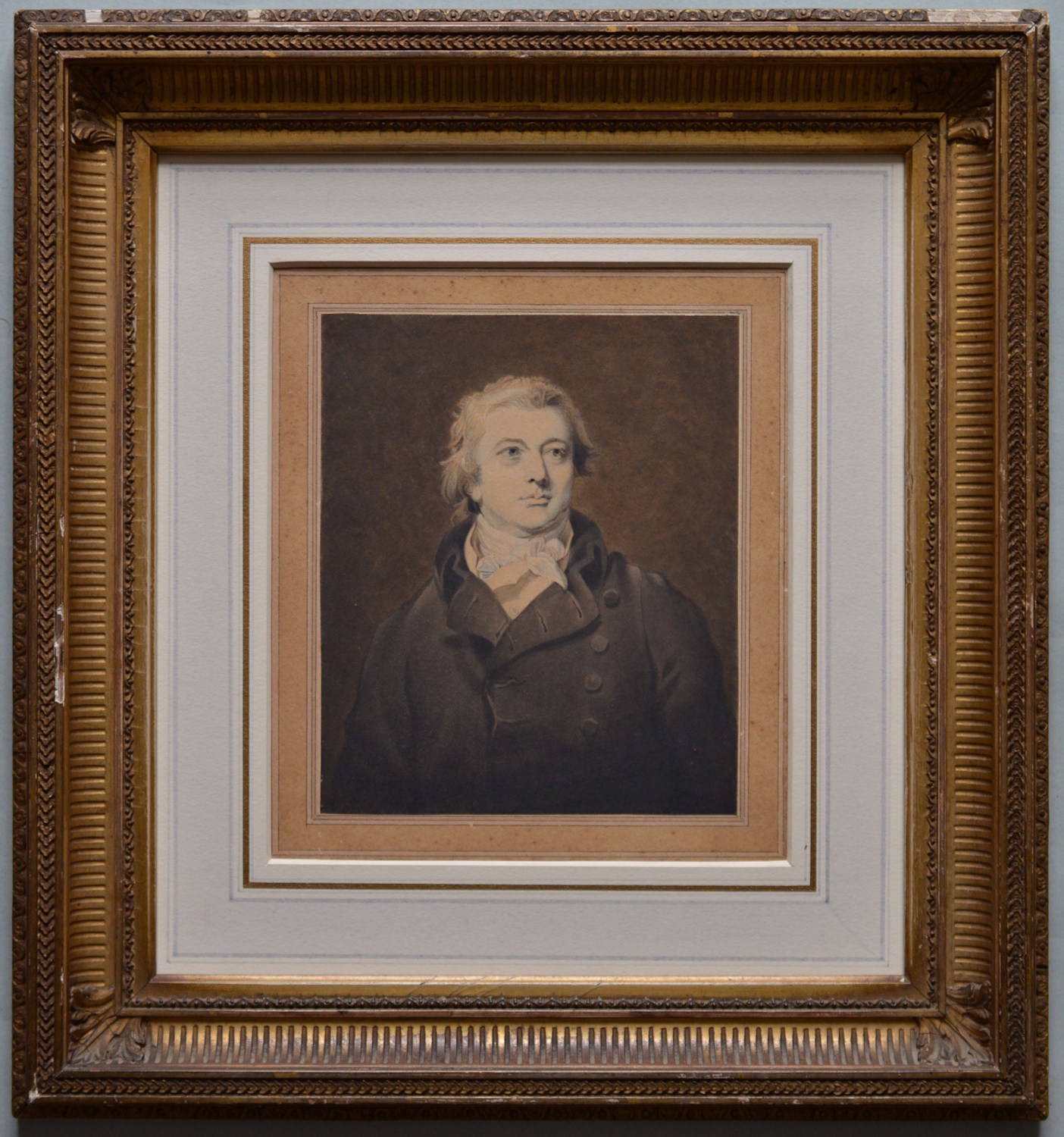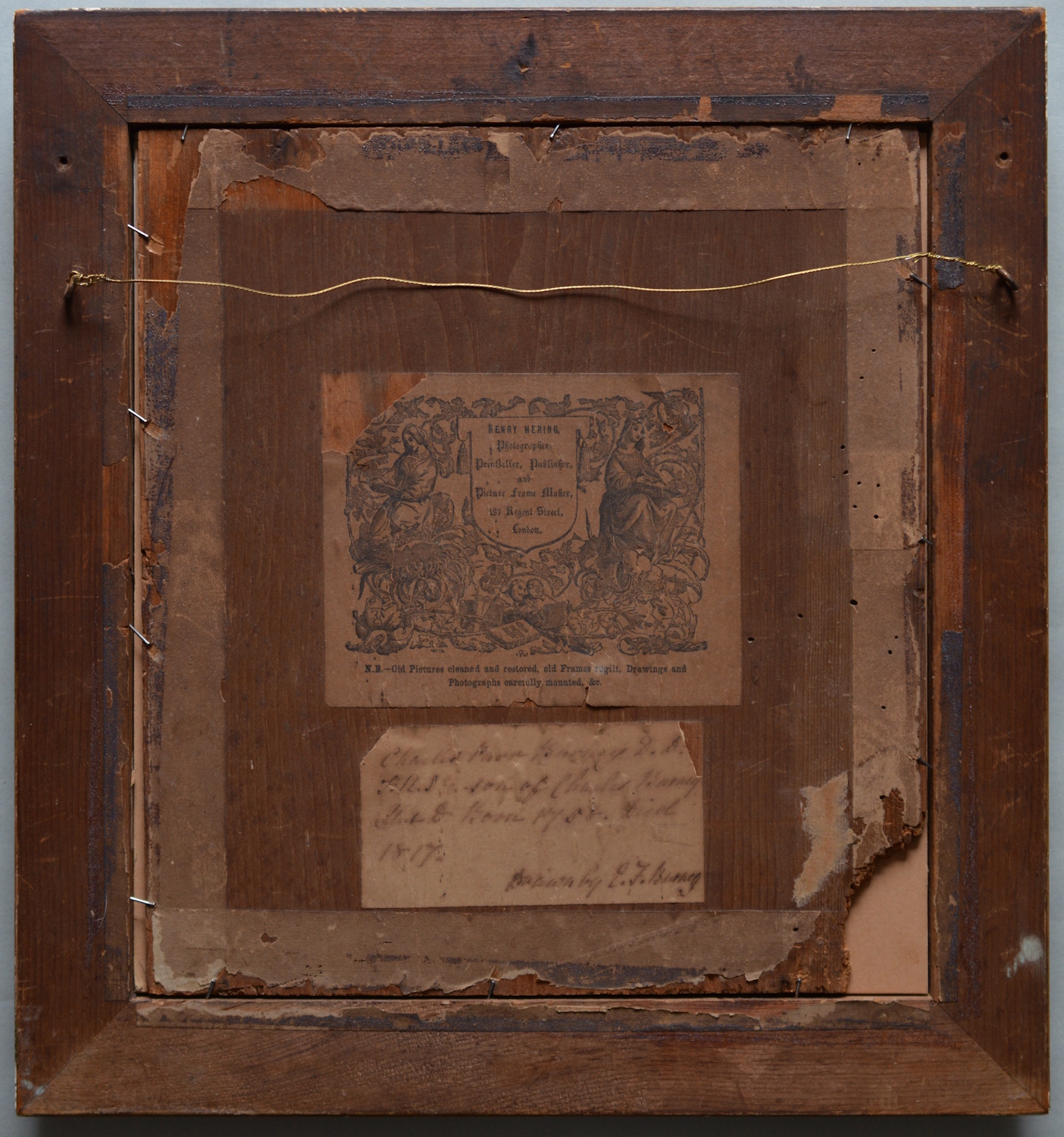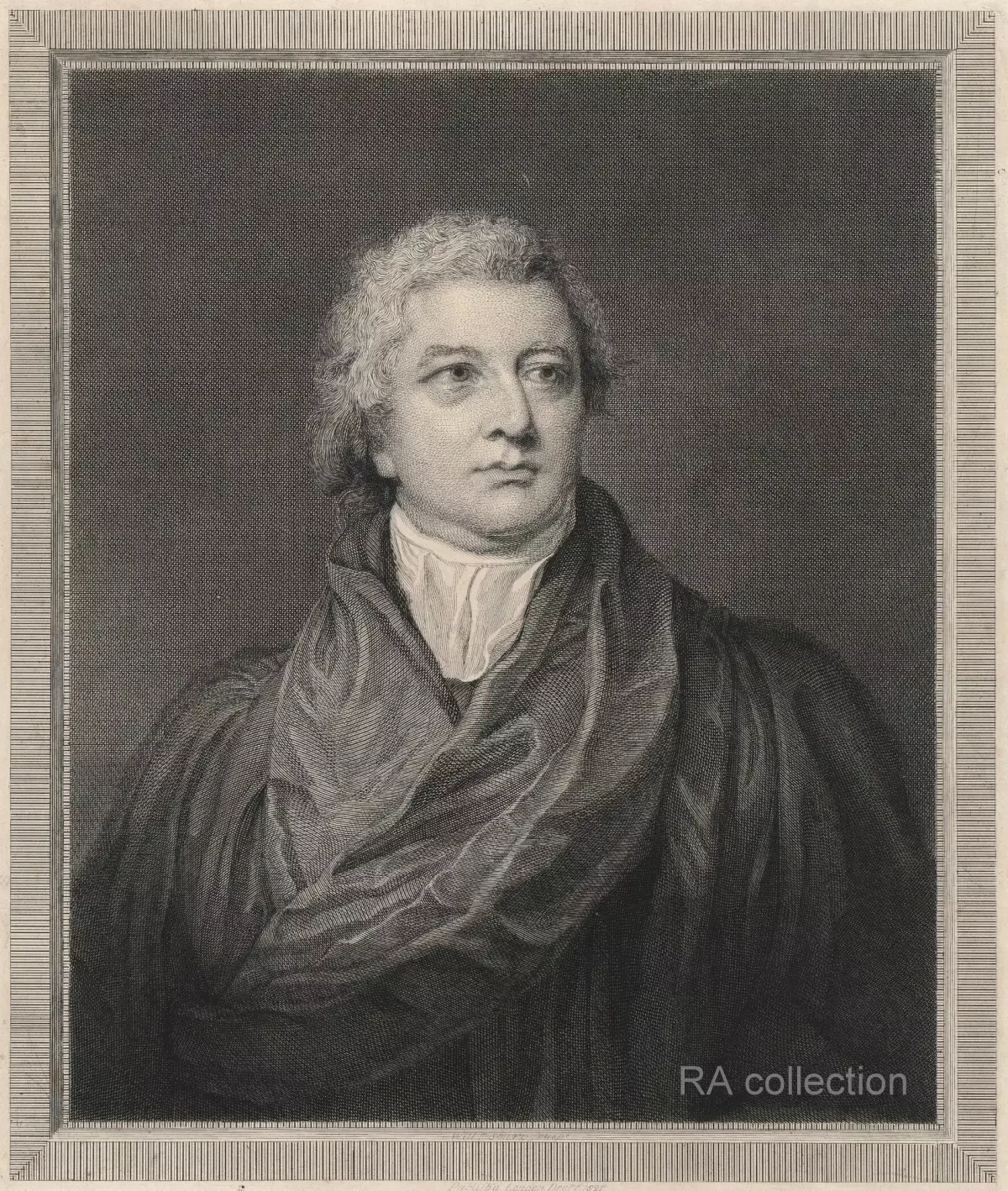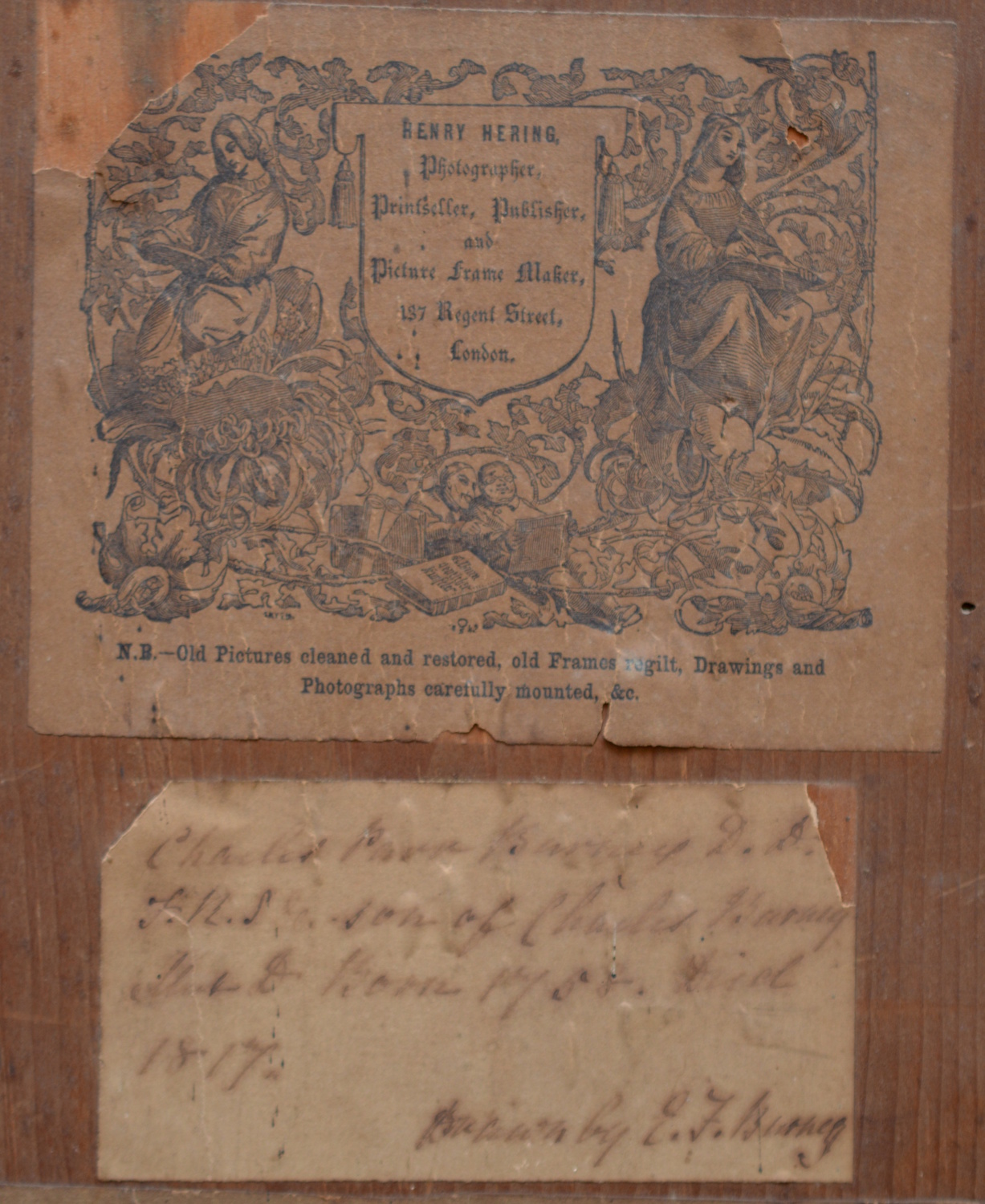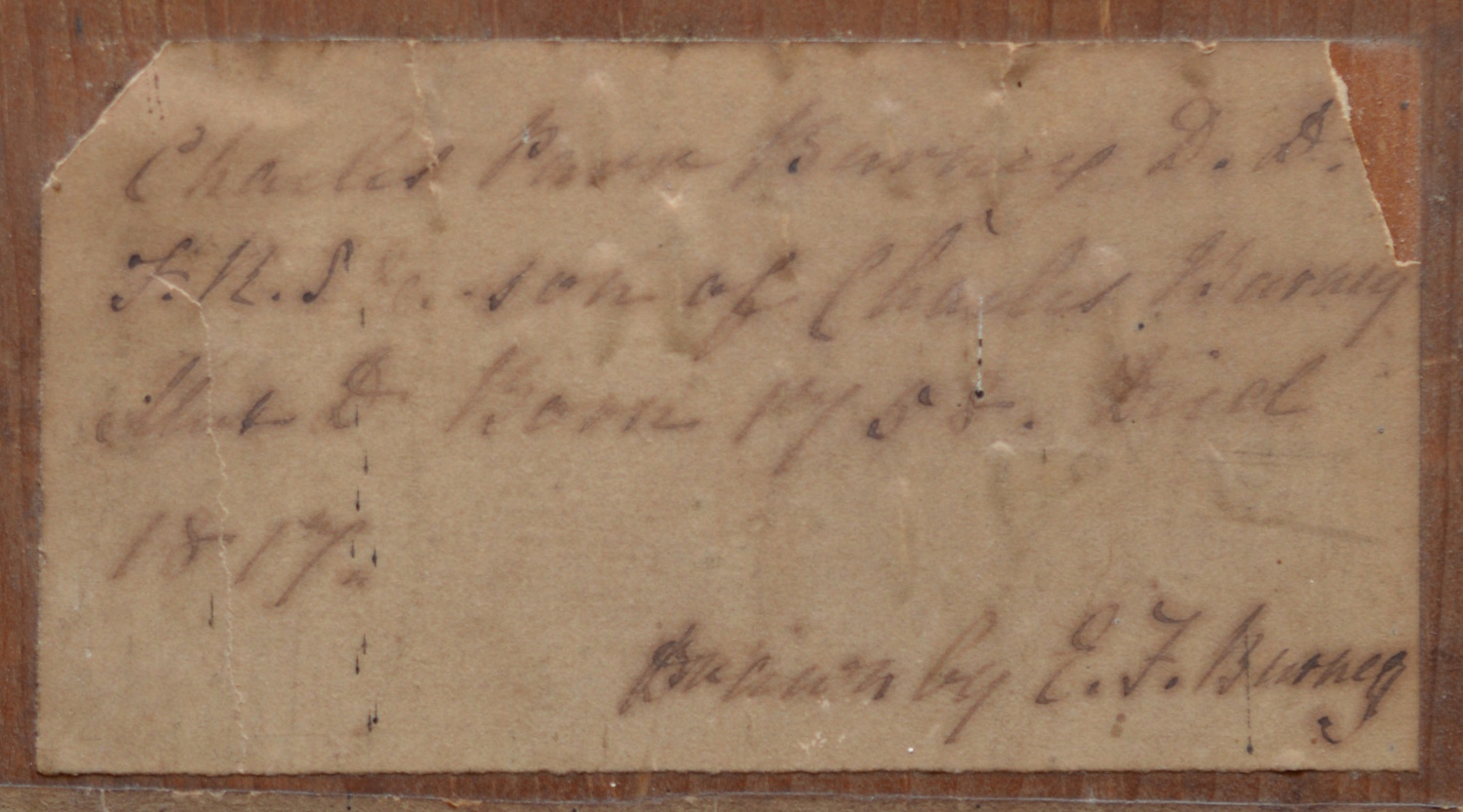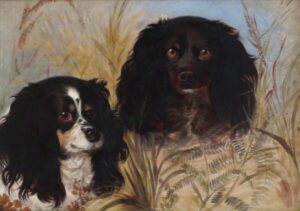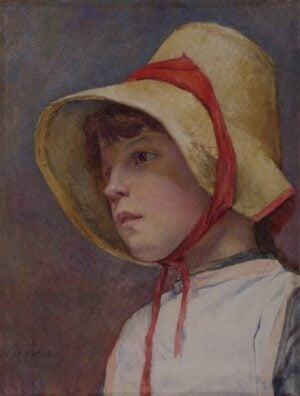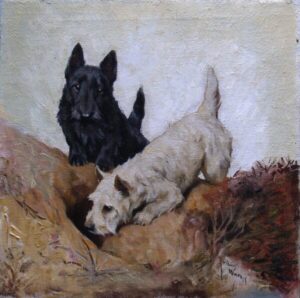Description
Charles Parr Burney (1785-1864), son of Charles Burney (1757-1817) schoolmaster, the grandson of Charles Burney (1726-1814) the musicologist and nephew of Fanny Burney (1752-1840) the novelist, was a wealthy schoolmaster and Archdeacon successively of St. Albans and of Colchester.
He was born in Chiswick, educated at Merton College, Oxford. He obtained his BA in 1808, MA 1811, BD and DD in 1822. From 1813 to 1833 he was headmaster of the school his father once ran at Greenwich. In 1838 he became the incumbent at Sible Hedingham, and in 1848 at Wickham Bishops. All these Essex parishes are near to each other.
He was Archdeacon of St Albans from 1840 to 1845; and then of Colchester until his death. As Archdeacon of Colchester, he attended the inaugural meeting of the Essex Archaeological Society at Colchester Town Hall in 1852.
He was a collector of watercolours and drawings which included Girtin’s fine study for a scene for Thomas Dibdin’s pantomime Harlequin’s Habeas showing la Rue Saint-Denis in Paris. The bulk of his drawings by or attributed to Girtin were, however, collaborations made with Joseph Mallord William Turner (1775–1851) for Dr Thomas Monro (1759–1833) such as An Unidentified Building and Column Set amongst Trees, Probably the Villa Negroni in Rome. These appear to have been acquired from Monro’s posthumous sale in 1833 and they passed by descent through the family. James Holland (1800–70) recorded how ‘At the sale of Dr Monro’s Drawings &c – Dr Burney and Turner met in the sale room’ and that Turner accused Burney of having ‘the bad taste to admire these things more than those I do now’ with Burney replying that on the contrary ‘I admire everything you do Mr Turner’. Burney was himself a distinguished amateur artist who’s carefully rendered topographical views deserve to be better known. Three of his etchings are in the collection of the British Museum.
He died on 1 November 1864: His son, also called Charles, was Archdeacon of Kingston-upon-Thames from 1879 to 1904.
